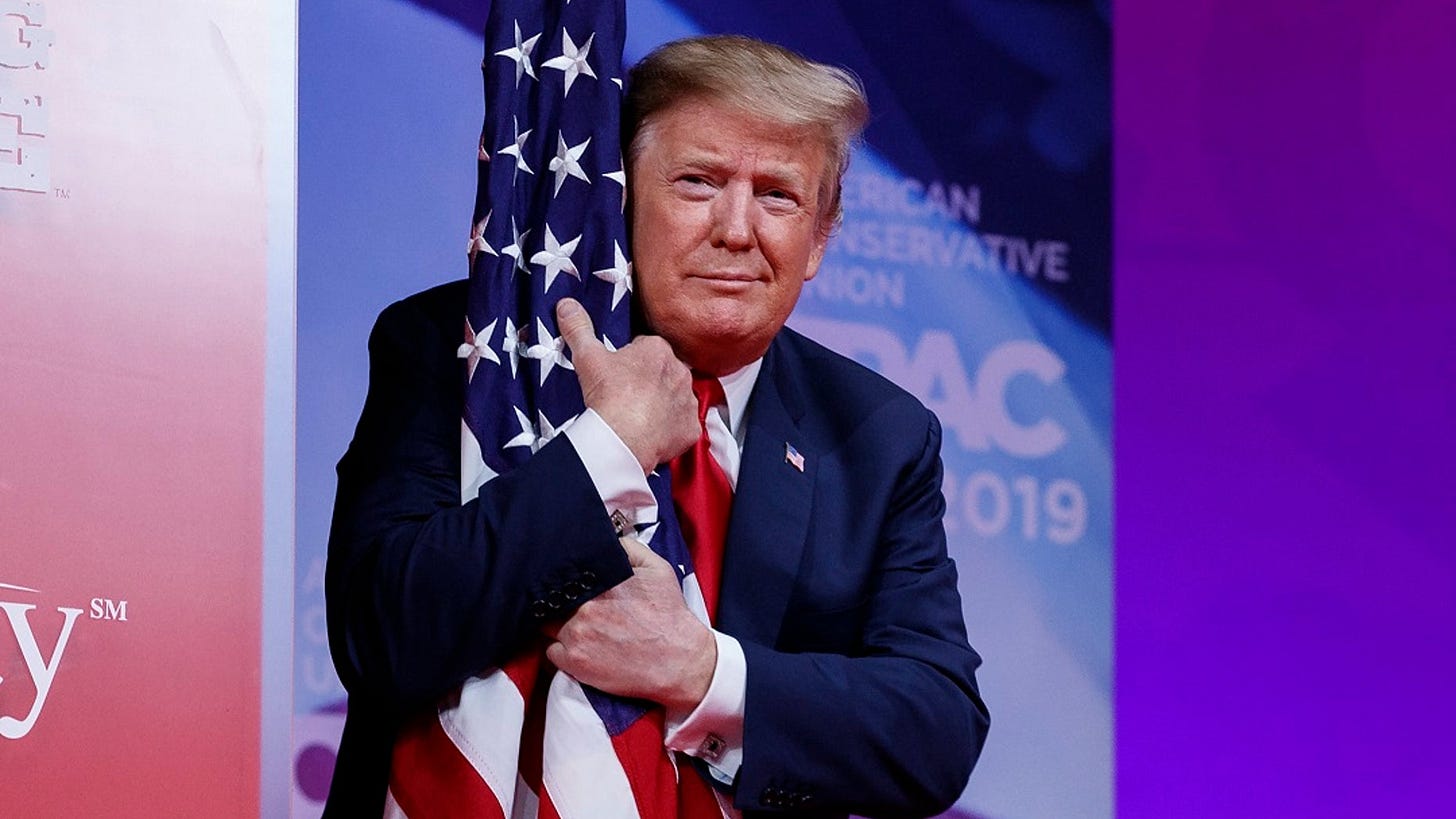No More Sacred Cows
If Burning a Pride Flag Is a Crime, Burning Old Glory Is Too
OPINION: By Walter Curt
President Trump has done what our political class has dodged for a generation: he drew a bright line around the American flag. With his new executive order directing the Department of Justice to prioritize prosecutions where flag desecration overlaps with real crimes—and with his explicit call for a one‑year jail sentence for thos…
Keep reading with a 7-day free trial
Subscribe to The W.C. Dispatch to keep reading this post and get 7 days of free access to the full post archives.



